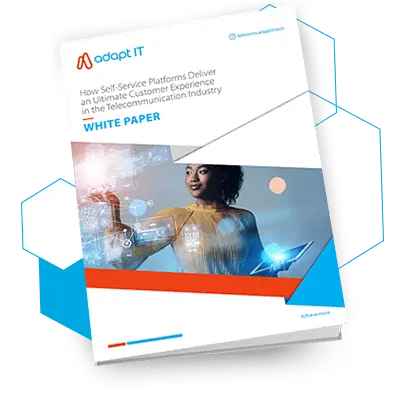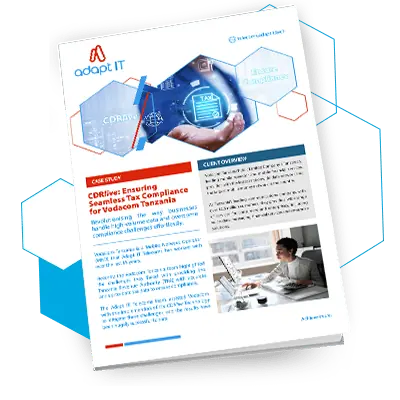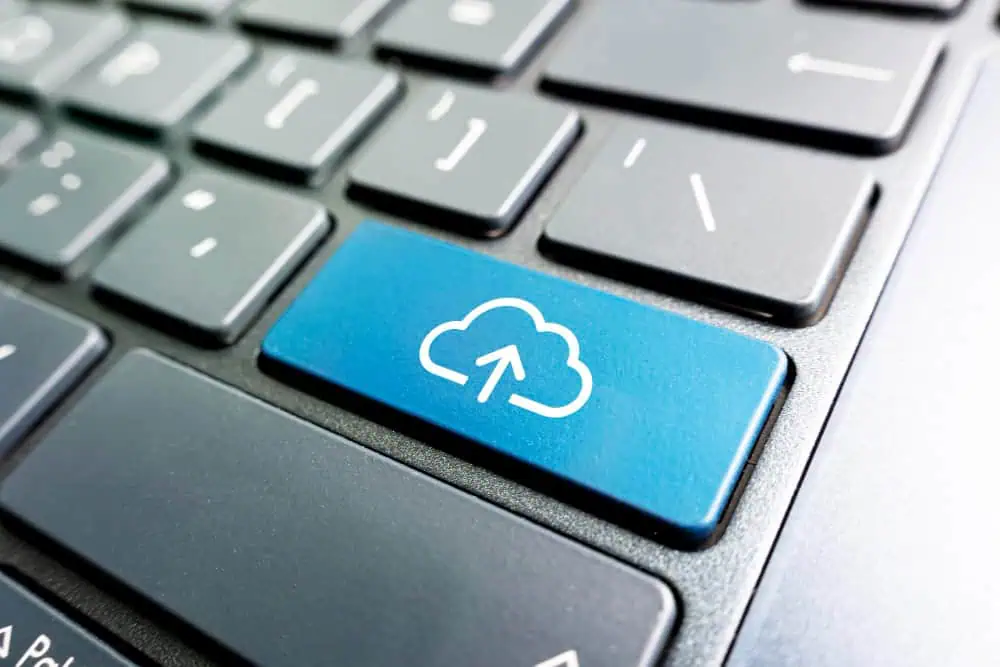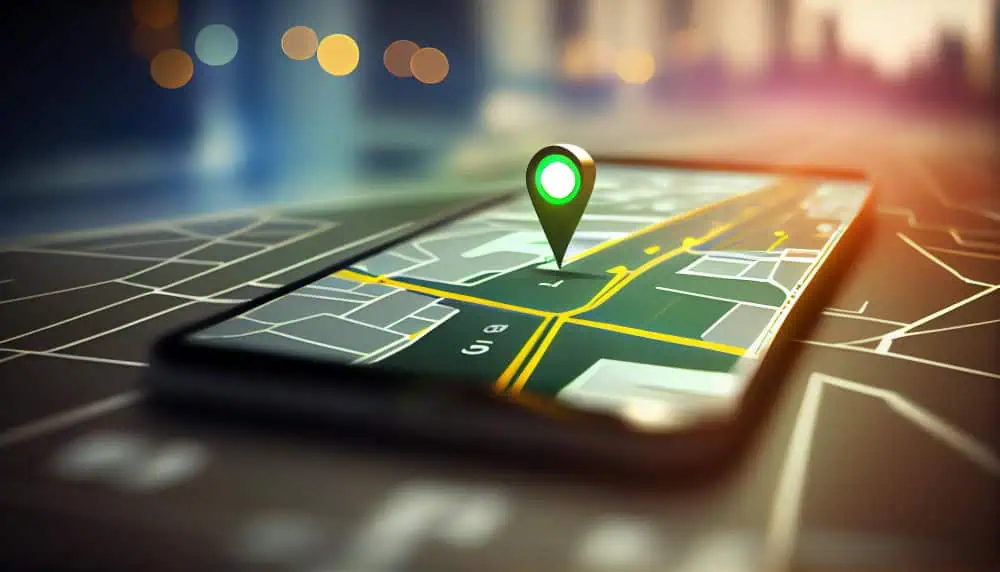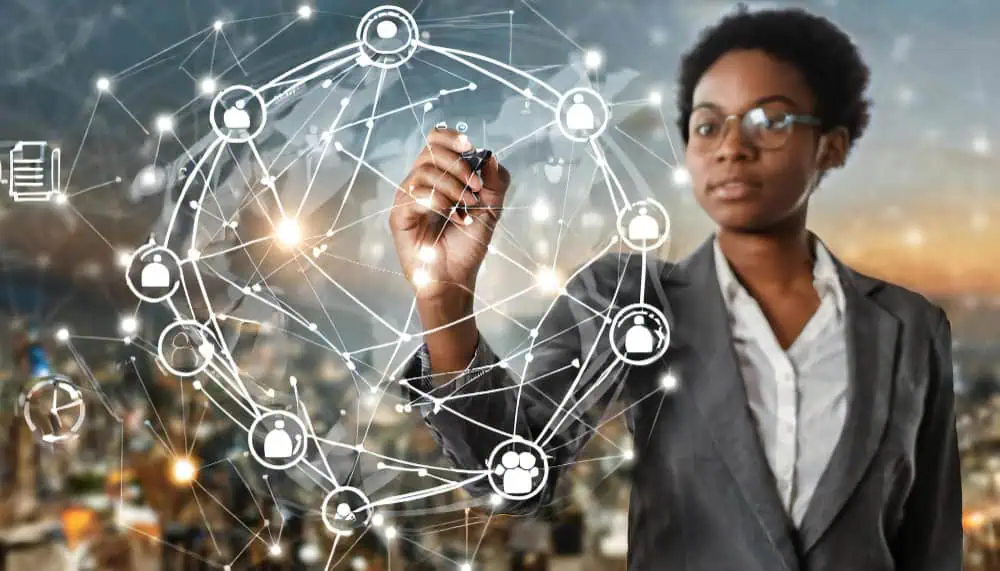In recent years, there has been a global surge in Internet of Things (IoT) activities across various industries and for consumer use, which has primarily been fuelled by digital transformation. In Africa, we are seeing an increased adoption of IoT technology, which is specifically being used to transform the lives of individuals on the continent. This growth in adoption is projected to reach US$114.20bn in 2023. The revenue generated from IoT in Africa is expected to show an annual growth rate (CAGR 2023-2028) of 15.94%, resulting in a market volume of US$239.20 billion by 2028. With such a significant growth expected within the IoT market, we must answer the question, “What top 5 Innovations are transforming lives and driving IoT adoption across the continent?”.
Table of Contents
ToggleIoT's Role in Transforming African Daily Lives
In order to gain a deeper understanding of the role that IoT plays in transforming the lives of those living on the African continent, it is essential to note that, according to Statista, the IoT market consists of seven different segments. These include the following:
- Consumer IoT includes connected devices that end users use for personal purposes, such as smart home devices.
- Smart Finance covers IoT applications used in financial sectors such as insurance telematics/usage-based insurance, real estate, and ATMs.
- IoT in Healthcare covers all IoT applications in a healthcare setting, such as the ones used for patient care, remote patient monitoring and surgeries.
- Industrial IoT covers IoT applications in Industrial settings such as factory and agriculture automation, supply chain optimisation and predictive maintenance.
- Automotive IoT covers IoT use cases in mobility and transportation settings.
- Other IoT covers use cases not included in the previously mentioned markets.
The above markets showcase the diversity of IoT and its applications. Within an African context, the IoT applications being adopted are focused on bettering the daily lives of those living on the continent and those aimed at developing economies. We highlight 5 top IoT innovations taking centre stage on the continent below.
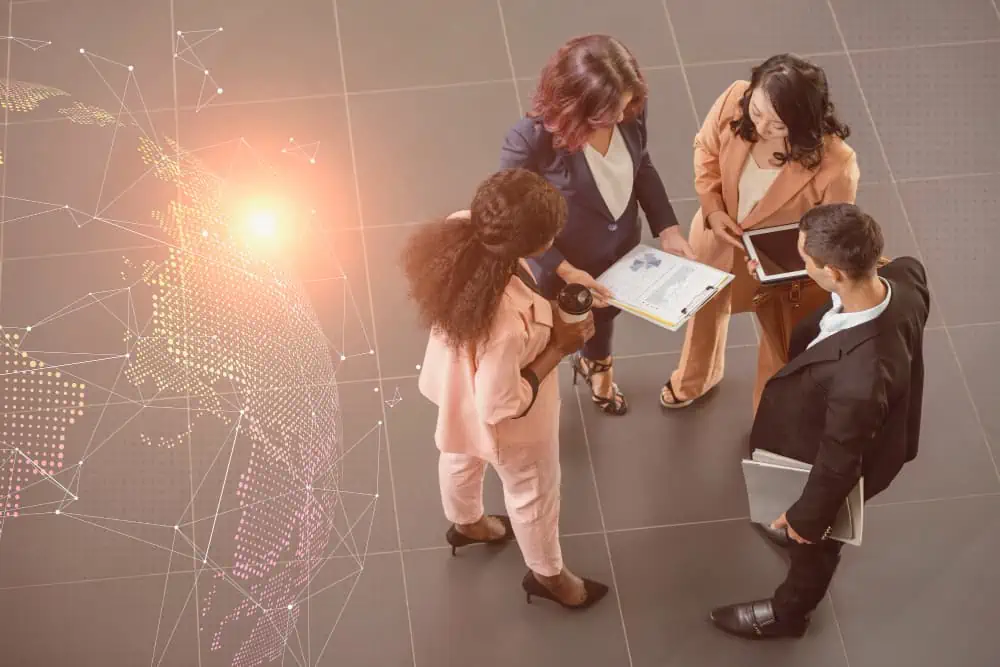
1. IoT Mobile Applications: Connecting People and Data
IoT mobile applications play a significant role in connecting people and data. This is made possible by devices that can communicate with others, specifically smartphones and tablets.
IoT (Internet of Things) mobile applications play a crucial role in connecting people and data by enabling devices to communicate with each other and users through smartphones or tablets. These IoT mobile applications serve as the bridge between people and their IoT devices, facilitating data exchange, control, and interaction. They empower individuals to harness the potential of IoT technology to improve efficiency, convenience, and security in various aspects of their lives, from smart homes to industrial applications and more.
Here’s how IoT mobile applications facilitate this connection:
- Device Connectivity:
- IoT mobile apps act as intermediaries between IoT devices and users. They connect to IoT devices using various communication protocols such as Wi-Fi, Bluetooth, Zigbee and cellular networks.
- Depending on the architecture, these apps can establish direct connections with devices or communicate through a central IoT gateway or cloud platforms.
- Data Collection:
- IoT mobile apps collect data from connected devices. This data can include sensor readings, device status, location information, and more.
- The apps use APIs (Application Programming Interfaces) provided by IoT platforms or device manufacturers to access and retrieve data.
- Data Visualisation:
- IoT mobile apps often provide real-time or historical data visualisation through charts, graphs, maps, or other user-friendly interfaces.
- Users can monitor the status and performance of their IoT devices and systems using these visualisations.
- Control and Interaction:
- Users can control IoT devices remotely through the mobile app. For example, you can turn on lights, adjust thermostats, or lock doors from your smartphone.
- Two-way communication enables users to send commands to devices and receive feedback or updates from them.
- Notifications and Alerts:
- IoT mobile apps can send push notifications or alerts to users based on predefined rules or events detected by connected devices.
- Notifications can include security alerts, maintenance reminders, or updates on environmental conditions.
- User Authentication and Security:
- To ensure data security and privacy, IoT mobile apps often implement user authentication methods, such as biometrics or passwords.
- Data encryption and secure communication protocols (e.g., HTTPS) are used to protect data in transit.
- Integration with IoT Platforms:
- Many IoT mobile apps are integrated with IoT platforms that manage device provisioning, data storage, analytics, and more.
- These platforms provide APIs and tools for developers to build robust IoT applications.
- Data Analytics and Insights:
- IoT mobile apps can analyse data from connected devices to provide insights and trends, helping users make informed decisions.
- Machine learning and AI algorithms can be applied to IoT data to detect anomalies or predict future events.
- User Engagement:
- IoT mobile apps enhance user engagement by offering features like remote monitoring, customisation, and automation of IoT devices.
- Users can set up rules and automation scripts to control devices based on specific conditions.
- Remote Access:
- IoT mobile apps enable users to access and control their IoT devices from anywhere with an internet connection, increasing convenience and accessibility.
From the above, it is clear how mobile IoT applications connect people and data. Now, let’s look at how IoT technology is utilised to enhance security and efficiency across the continent.
2. IoT for Monitoring and Tracking: Enhancing Security and Efficiency
IoT technology such as geo-location, GPS and geo-tagging are being utilised to enhance security and efficiency, especially where monitoring and tracking are concerned.
Geo-location plays a crucial role in pet and vehicle tracking systems, providing real-time information about the exact location of the tracked object. This can have many applications, which include:
- Fleet management for delivery companies and transportation services.
- Stolen vehicle recovery, which can help law enforcement authorities track and recover stolen vehicles.
- Driver behaviour monitoring allows for tracking speed, harsh breaking, idling, and other elements which can be used to improve driver safety and fuel efficiency.
- Vehicle maintenance scheduling can be optimised by monitoring the vehicle’s location and usage.
- Lost pet recovery for pet owners wanting to track their pets if they get lost, stolen or run away.
Overall, geo-location is vital in ensuring the safety and well-being of pets and vehicles by providing real-time tracking and location information, enabling owners and managers to make informed decisions.
Geo-tagging and smartphone GPS applications are other IoT technologies that enhance security and efficiency. This includes the following uses:
- Location-based services (LBS) allow users to access location-specific information, such as nearby restaurants, businesses, attractions, and events.
- Navigation and maps help users find the quickest and most efficient destination routes.
- GPS is crucial for emergency services to locate individuals in distress accurately. It allows quick response times in situations like accidents, medical emergencies, or when users are lost or stranded.
- Location sharing, where smartphone users can share their real-time location with friends and family, enhancing safety.
- Geofencing is a powerful marketing and engagement tool that allows businesses and organisations to set up virtual boundaries (geofences) and send notifications or offers to users when they enter or exit specific areas.
- Geo-tagging and GPS are valuable for tracking assets like vehicles, shipments, or equipment. Businesses can optimise logistics and improve security by monitoring the location and movement of valuable assets.
From the above, these applications improve navigation, safety, location-based services, and opportunities for businesses to engage with customers. These technologies have become integral to modern smartphones, enhancing user experiences and enabling innovative applications across various industries.
3. IoT Chip Integration with Everyday Appliances: Smart Living
The third IoT technology improving lives is the implementation of IoT chip integration, which allows for smart living. Here are some key benefits of using smart IoT appliances:
- Remote Control and Monitoring – You can control and monitor these appliances remotely through smartphone apps or web interfaces. This allows you to check the status, adjust settings, and receive notifications from anywhere, providing greater convenience and peace of mind.
- Energy Efficiency – Many smart IoT appliances are designed to be energy-efficient. They can optimise their operation based on real-time data, reducing energy consumption and lowering utility bills.
- Enhanced Security – Smart security appliances, such as smart locks, cameras, and alarms, provide better home security. They offer features like remote access control, real-time monitoring, and motion detection, helping to keep your home and belongings safe.
These smart IoT appliances offer several benefits that enhance convenience, efficiency, and connectivity in various aspects of an individual’s daily life.
4. RFID-Based Tracking and Verification: Ensuring Authenticity and Security
Radio-Frequency Identification (RFID) tags are being used in various ways across Africa, contributing to advancements in technology, business processes, and everyday life. Here are some ways RFID tags are being used across the continent to improve business and consumer lives:
- Agriculture – RFID tags are used to track livestock and monitor their health. Farmers can attach RFID tags to animals, and this helps in disease control, breeding management, and tracking livestock movements.
- Supply Chain Management – RFID technology enhances supply chain visibility in Africa. Companies can track the movement of goods and assets, reducing theft and fraud.
- Inventory and Asset Management – Businesses and organisations in Africa use RFID tags to keep track of their inventory and assets. This is crucial for retailers, warehouses, and healthcare facilities to optimise their operations.
- Healthcare – RFID tags track medical equipment and supplies in the healthcare sector. Hospitals and clinics can better manage resources, reduce waste, and improve patient care.
- Security and Access Control – RFID tags are used for access control and security purposes. They can be employed in facilities, such as offices, schools, and government buildings, to manage who can enter and exit the premises.
- Retail – African retail stores utilise RFID technology for inventory management, preventing theft, and improving the shopping experience. RFID-enabled systems can provide real-time updates on stock levels.
- Identification and Smart Cards – RFID technology is used in identification cards and smart cards to access various services, including public transportation, healthcare, and financial transactions.
It’s worth noting that RFID technology adoption varies across African countries and regions, with more developed areas typically seeing greater integration. As technology advances and becomes more affordable, RFID tags in Africa will likely expand across various sectors, offering improved efficiency and resource management.
5. IoT-Based Solutions with Smart Sensors: Improving Quality of Life
IoT-based solutions with smart sensors are playing a significant role in improving healthcare in Africa by utilising the following IoT-based solutions:
- Remote Patient Monitoring – IoT-based smart sensors can remotely monitor patients’ vital signs and chronic conditions. In regions with limited access to healthcare facilities, this technology helps healthcare providers track patients’ health status without the need for frequent in-person visits. For example, wearable devices can monitor heart rate, blood pressure, and glucose levels, sending real-time data to healthcare professionals for timely interventions.
- Medication Adherence – IoT-enabled devices can remind patients to take their medication through mobile apps or SMS notifications. This is crucial in regions where non-adherence to treatment plans is a common issue, helping to improve patient outcomes.
- Telemedicine and Telehealth – IoT-based solutions facilitate telemedicine consultations, connecting patients in remote or underserved areas with healthcare professionals. This increases access to medical expertise and reduces the need for long, expensive journeys to healthcare facilities.
Overall, integrating IoT-based solutions in healthcare transforms healthcare delivery in Africa. These innovative technologies hold immense potential to improve patient care, enhance healthcare access, and ultimately contribute to better regional health outcomes.

Conclusion
From the above, it is clear that IoT innovations significantly impact the lives of those across Africa. These technologies have the ability to improve everything from healthcare to security and safety for individuals, as well as assist businesses and organisations with tracking and managing assets vehicles and improving overall efficiency. As the IoT market within this region continues to grow and expand, we expect to see more adoption of these kinds of IoT applications and the development of innovations which will continue to improve the lives of those living on the continent and drive economic growth within the region. This continues to be an exciting space to watch.

Effectively manage your IoT ecosystem with IoT Connectivity

Entrepreneurial Technologist with a proven track record in IT, Infrastructure and Service Management.Strong focus on solution design, implementation and integration, specifically within the mobile data and connectivity landscape.
